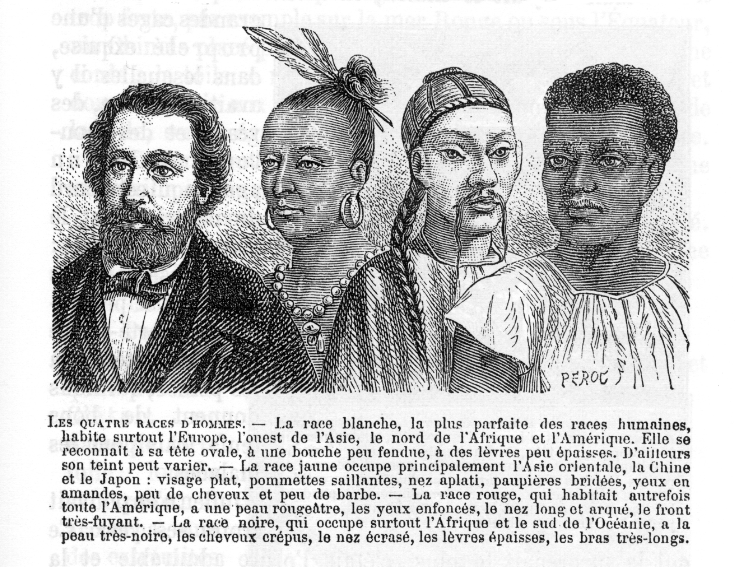A Review of One Drop of Love: A Daughter’s Search for Her Father’s Racial Approval
Gino Michael Pellegrini: Education, Race, Multiraciality, Class & Solidarity
2013-05-08
Gino Michael Pellegrini, Adjunct Assistant Professor of English
Pierce College, Woodland Hills, California
Is Fanshen a noun, a verb, or an adjective? Is it a who or a what? What does it have to do with the history of race and racism? Or, as Grandma Cynthia puts it, “De next time you talk to your mommy an’ your daddy, ahsk dem for me – what in God’s name is a Fanshen?…Why dem give you dat name?”
These are some of the central questions that Fanshen Cox DiGiovanni addresses in her brilliant and timely one-woman show, One Drop of Love: A Daughter’s Search for Her Father’s Racial Approval.
I am present for Fanshen’s debut performance on Saturday, March 9, 2013 at the Arena Theater on the campus of California State University, Los Angeles. The Arena is small, intimate, packed, and a few people have traveled across the country to see this debut. I sit in the front row with my good friend Rocco Robinson, and we notice right away that the audience is relaxed, friendly, and excited; the set is simple, arousing, and well thought out.
Fanshen is an educator, a writer, a film maker, and an accomplished actor who recently played a part in Argo, the Academy’s Best Picture for 2012. Fanshen is also well known within the nascent multiracial community for being the co-creator and co-host (with Heidi Durrow) of the award-winning podcast series, Mixed Chicks Chat (2007-2012) and of the Mixed Roots Film and Literary Festival (2008-2012). Both projects have been instrumental in making the public more aware of the so-called mixed experience, and of the growing number of critical and creative works about multiracial lives and issues.
Both collaborative projects have also been a means for Fanshen and Heidi to come to a deeper understanding of their own mixed experiences and identities, which, in turn, has facilitated the development of their own creative works. Heidi was the first Mixed Chick to gain national recognition for her bestselling novel, The Girl Who Fell from the Sky (2010). Now it is Fanshen’s turn to deconstruct longstanding racial assumptions, traditions, and allegiances with her own hybrid, experimental work.
One Drop of Love emphasizes the history of the construct of race from the 1700s to the present. More specifically, the interrelated American history of race and the decennial Census constitutes the factual and visual backdrop against which Fanshen performs her own personal history and evolution. Fanshen plays herself at different junctures in her life and, using multiple dialects and gestures, fifteen other characters (including her family) of different ages, genders, nationalities, and ethno-racial-cultural backgrounds. Though the subject matter is difficult, her acting ability helps her engage, entertain, touch, and enthrall her audience. Considered altogether, her multiple character depictions and interactions expose into view how the history of race–in conjunction with a shared belief in static racial categories, values, identities, and traditions–impacts intimate relationships, social opportunities, self-perception, and personal growth…
Read the entire review here.

